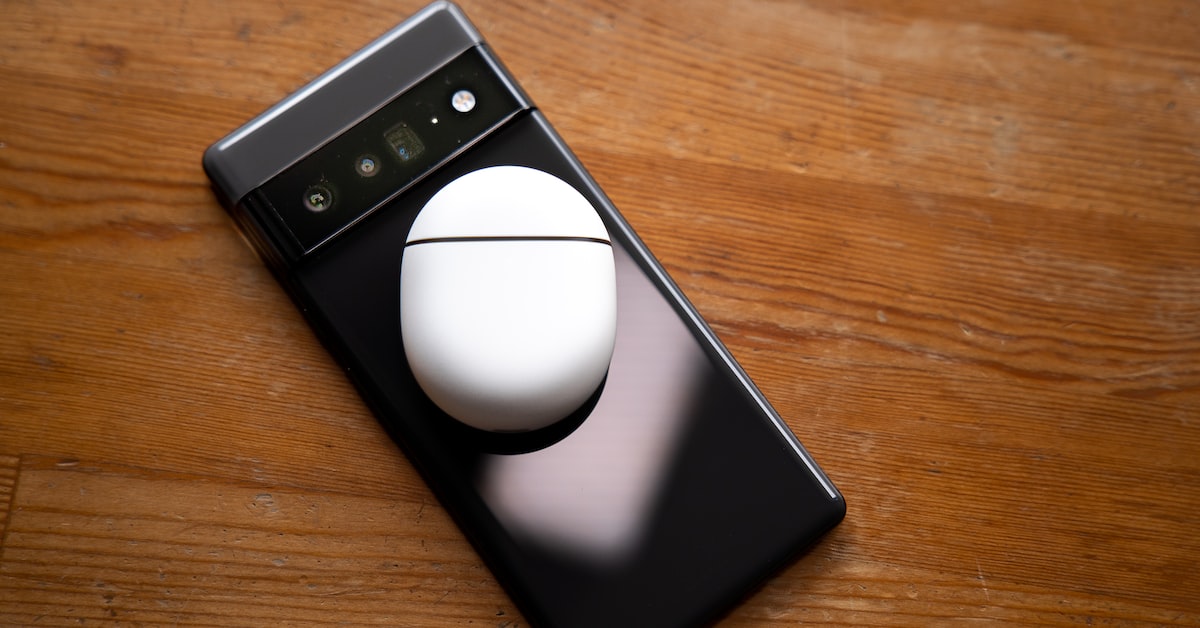The Evolution of Wireless Charging: Cutting the Cord for Good
Discover the evolution of wireless charging and how it is revolutionizing our lives. Learn about the technology’s history, benefits, and future potential. Explore the diverse applications and understand why wireless charging is here to stay.
Welcome to the world of wireless charging – a groundbreaking technology that is transforming how we power our devices. Gone are the days of fumbling with tangled cords and multiple chargers. Wireless charging, also known as inductive charging, has come a long way since its inception. This article delves into the fascinating journey of “The Evolution of Wireless Charging: Cutting the Cord for Good,” exploring its history, advancements, applications, and future possibilities. Let’s dive in!
Understanding Wireless Charging
Wireless charging is a technology that enables devices to charge without direct physical contact with a charging cable. It relies on electromagnetic fields to transfer energy from a charging pad or station to the device’s battery. The concept of wireless charging was first proposed by Nikola Tesla in the late 19th century, but it took several decades to become a practical reality.
Early Days: Inductive Charging Emerges
In the early 20th century, experiments with wireless power transmission began, leading to the development of inductive charging. Inductive charging uses coils of wire to create an alternating electromagnetic field, inducing a current in a receiving coil located in the device, thus charging its battery. While it was a significant advancement, it had limited range and was not widely adopted.
The Breakthrough of Resonant Inductive Coupling
The real breakthrough in wireless charging came with the development of resonant inductive coupling. This innovation, introduced by Marin Soljačić and his team at MIT in 2007, allowed for more efficient and extended-range power transfer. With resonant coupling, devices could be charged from a short distance away, making it more practical for everyday use.
LSI Keyword: Resonant Coupling
Resonant coupling is a wireless charging technique that relies on resonating electromagnetic fields between the transmitter and receiver coils. This approach minimizes energy loss and allows for increased spatial freedom, enabling the charging pad to be placed beneath a surface like a table while charging a device on top of it.
The Rise of Qi Standard
In 2008, the Wireless Power Consortium (WPC) introduced the Qi standard, a universal wireless charging standard. This standardization paved the way for widespread adoption and compatibility among various devices. Today, the majority of wireless charging devices adhere to the Qi standard, ensuring seamless charging experiences for users worldwide.
Wireless Charging in Consumer Electronics
With the Qi standard gaining traction, major smartphone manufacturers integrated wireless charging capabilities into their flagship devices. The likes of Apple, Samsung, Google, and other industry giants embraced this technology, making wireless charging a mainstream feature. As a result, consumers began to witness the advantages of cutting the cord and experiencing hassle-free charging.
The Power of Convenience
Wireless charging brought unparalleled convenience to our lives. Gone are the days of carrying multiple charging cables for different devices. A single wireless charging pad can charge smartphones, smartwatches, earbuds, and even some laptops, reducing clutter and simplifying charging routines.
LSI Keyword: Wireless Charging Pad
A wireless charging pad is a compact and sleek device equipped with induction coils that facilitate wireless charging. It serves as the intermediary between the power source and the device, making charging hassle-free.
The Eco-Friendly Impact
Wireless charging also presents environmental benefits. By promoting the use of wireless charging, we reduce the need for disposable charging cables, thereby reducing electronic waste. This eco-friendly aspect aligns with the global push for sustainable practices.
Charging Beyond Smartphones
While smartphones were the initial focus of wireless charging, the technology quickly expanded to other devices. Wireless charging found its way into electric toothbrushes, fitness trackers, smart speakers, and even electric vehicles. The versatility of wireless charging applications continues to grow.
LSI Keyword: Wireless Charging in Electric Vehicles
The automotive industry has embraced wireless charging technology, enabling electric vehicle owners to charge their cars without physical cables. Wireless charging pads installed in parking spaces or garages transmit power to the vehicle’s battery, eliminating the need for manual connections.
The Challenges of Efficiency
While wireless charging offers incredible convenience, it is essential to address its efficiency. Inductive charging can result in energy losses during transmission, leading to slower charging speeds compared to traditional wired charging. However, ongoing research aims to improve the efficiency and overcome these limitations.
LSI Keyword: Improving Wireless Charging Efficiency
Researchers are actively exploring new materials and technologies to enhance wireless charging efficiency. Advancements such as gallium nitride (GaN) transistors and improved coil designs are already contributing to more efficient charging solutions.
Future Innovations: Over-the-Air Charging
One of the most exciting prospects in wireless charging is over-the-air charging. This futuristic concept envisions charging devices without the need for any physical charging pads. Imagine walking into a room, and your phone starts charging automatically. This technology is still in its infancy, but it promises a new era of wireless power transfer.
LSI Keyword: Over-the-Air Charging
Over-the-air charging utilizes technologies like radio frequency (RF) energy harvesting to power devices remotely. This technology has the potential to revolutionize the way we charge our devices and eliminate the need for charging pads altogether.
Answering FAQs:
- How does wireless charging work? Wireless charging relies on electromagnetic fields to transfer energy from a charging pad to a receiving device, allowing it to charge without any physical connection.
- Can I use any wireless charger for my smartphone? For smartphones, it’s best to use chargers that adhere to the Qi standard, ensuring compatibility and optimal charging performance.
- Is wireless charging safe for my devices? Yes, wireless charging is safe for most devices. Modern smartphones and electronic gadgets are designed to handle wireless charging without any issues.
- Does wireless charging consume more energy? Wireless charging may have slightly lower efficiency compared to wired charging, but the difference is minimal and won’t significantly impact energy consumption.
- Can wireless charging work through phone cases? Yes, wireless charging can work through most phone cases, as long as they are not too thick or made of metal.
- What is the future of wireless charging? The future of wireless charging holds great promise with innovations like over-the-air charging, faster charging speeds, and increased efficiency.
The evolution of wireless charging has been nothing short of remarkable. From its early days as a concept to becoming a mainstream feature in consumer electronics, wireless charging has revolutionized how we power our devices. Its ability to cut the cord and deliver unparalleled convenience makes it an indispensable part of our modern lives. As we move forward, the potential for even more groundbreaking advancements, such as over-the-air charging, opens up new horizons for this transformative technology. Embrace the wireless future – cut the cord for good!




